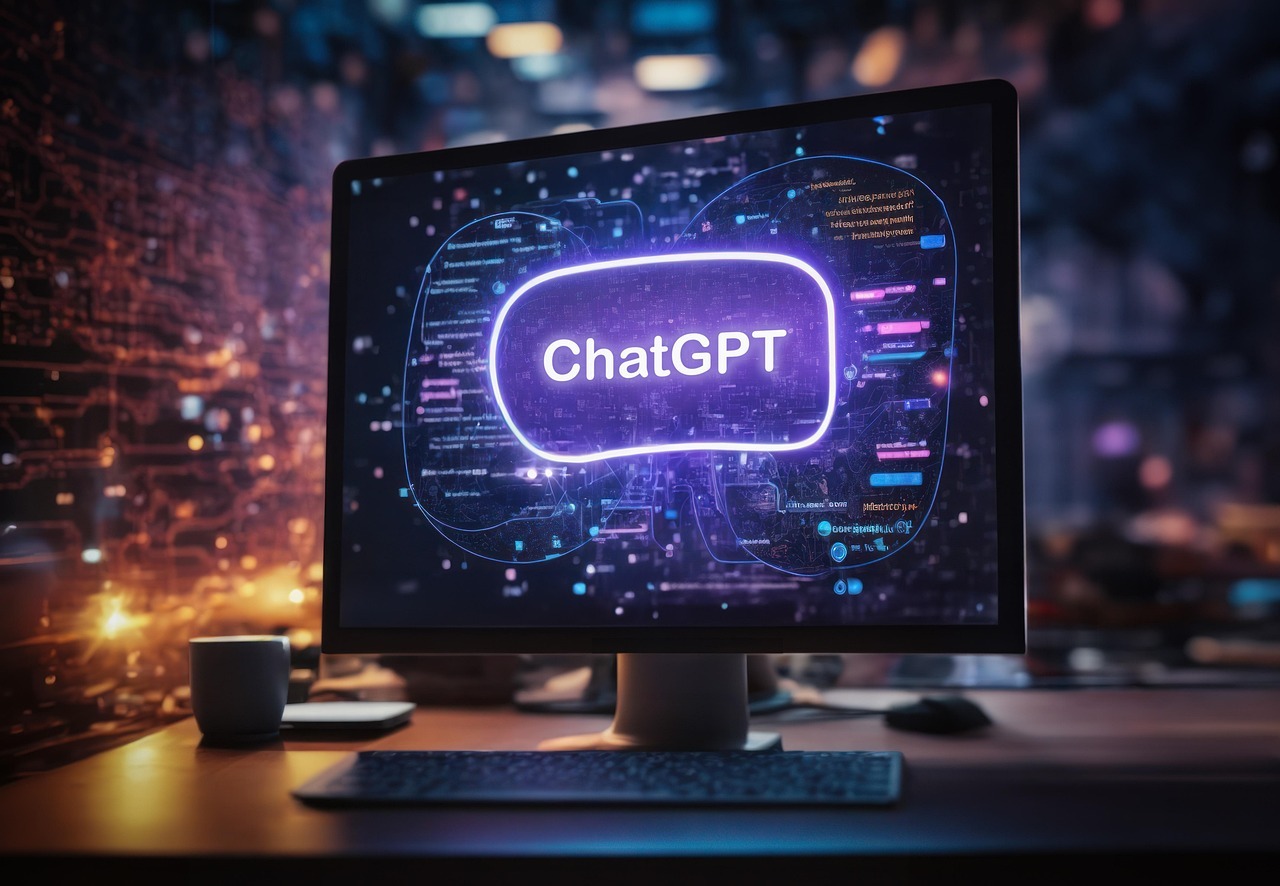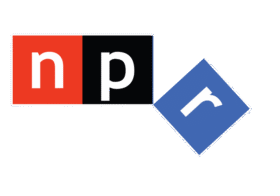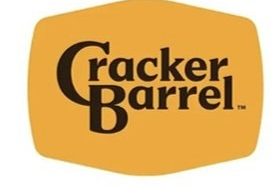
Yesterday’s exploration into defining what it is to be “cool” focused on our collective opinions as well as an extensive new research study attempting to quantify it. But like most ethereal concepts, trying to nail it down—with data—often ends up being a fool’s errand.
I heard from more of you than usual how yesterday’s post about “cool hunting” resonated. But like so many big, sweeping concepts, I got the feeling it left many of you wanting for more.
So why not consult the modern source authority on everything these days—AI? Now some of you may have that knee-jerk reaction of revulsion to legitimizing AI in this context. But while it is easy to slag this emergent technology, I continue to find its synopsizing or organizational structure is pretty good and even helpful in putting together thoughts. And while there are many well-publicized downsides to giving AI too large a say in your mission, it can provide context and even new pathways to pursue—in this case, into answering the question, “What is cool?”—as well as the logical follow-up: “How can radio recapture some of its lost coolness?”
So here’s what I did.
First, I went for the visual interpretation of cool, using two different platforms—Microsoft’s Copilot and Google Gemini. I used the same command, asking each to create a visual capturing “the epitome of cool.” And I used Microsoft’s Copilot and Google’s Gemini to A:B the two illustrations supposedly defining cool. Here’s what they each came up with, Copilot on the left, Gemini on the right:

What is cool? Copilot (L) vs. Gemini (R)
The results are fascinating. Copilot went for a contrasting nostalgia interpretation, harkening back to a James Dean-like guy on a motorcycle. The background, however is modern, even futuristic.
And then there’s Gemini’s AI platform, featuring a woman front and center, also in a “Jetson’s”-type scene resembling a vision of the future. Copilot opts for leather, Gemini defaults to a more spandex-heavy look.
This juxtaposition of nostalgia and future-focused will come back into play when we turn our Large Language Models over to ChatGPT.
But the colors are consistently similar in both Perhaps the shades of blue and pink that dominate both AI-created illustrations must be considered cool colors, the only explanation for why they comprise most of what you see in both visuals.
But what about the narrative? For that, I went right to ChatGPT, and to raise the bar, I asked it to define the concept of “cool” in 100 words or less. Here’s what it came up with:

Given the length limitation I put on ChatGPT, this isn’t a bad start. In fact, it might be useful as a jumping off point for a piece that tackles the concept of cool. If you’ve used AI tools since ChatGPT’s debut in late 2022, you’ve gotten used to narratives like the one above. It’s a bit stiff and cliché-ridden. It also repeats itself even with only 100 words to work with (effortless/easy, coincidence/self-assurance).
But for a gauzy concept we likely all see through a slightly different lens, it gets something down on paper, a screen, a whiteboard. If you’ve ever worked with a group to hammer out a “mission statement” for a brand—like a radio station or personality show—you know how gnarly and cumbersome the concept can be with everyone wordsmithing the entire process. Getting a head start with a platform like ChatGPT is a smart early step, an ice-breaker in the creative process.

But constructing a definition for cool is child’s play compared to having our AI engines theorize on whether radio is, in fact, cool. And taking it a step further, what can or should radio do to (re)capture it?
In yesterday’s blog post, I made the supposition that in the early days of FM radio well into the ’70s and ’80s, broadcast radio enjoyed cool status. And I would argue this didn’t develop due to the scarcity of media competition back then. Many stations of that era worked hard on product development, serving audiences, innovation, and even having fun (a quality programmer Scott Jameson spoke to in a comment on yesterday’s blog).
And Bill Siemering, NPR patriarch and author of its original mission statement (without the assistance of AI, thank you), wrote in yesterday to make a point about the cool that perhaps eroded over time at National Public Radio, but was very much part of the fabric of the original concept:
“I think that there was a period in the ’70s when NPR was cool, in part because it was new, innovative and young. People would say, “I heard it on NPR today…”
I think he’s right.
So how do these modern-day bot brains compute radio’s quest for cool? As I did above with the general discussion of cool, I started with visuals, this time using Shutterstock’s AI tool. And here’s the ultra-simple question I asked its image generator software:
Is radio cool?
In less than thirty seconds, Shutterstock’s AI engine cranked out four visuals. As it turned out, two of them were nearly identical so I only included the three truly distinct images. But as you can see, these have a great deal in common:

All three reek of nostalgia. While there’s electronic lightning or sound waves in the one on the left, the radio displayed is right out of The Jack Benny Show era, well before the end of World War II. The middle photo is symbolically ancient (the one I didn’t display is nearly identical). And yes, while vinyl records have made a remarkable comeback, records are clearly software from a bygone era, as is this entire scene. And finally, the image on the right showing off a radio boom box popularized in the late ’70s.
In short, all three of these AI-created images depict broadcast radio as a medium from another era. There is nothing modern about the state of radio from Shutterstock’s AI suite of tools.
But what happens when we turn ChatGPT on the same quest, except the end product is a text statement, unbounded by any length or number of words limitation. So, this one is longer, but read through its logic process. Here’s the question I posed:
Can broadcast radio get cool again?
And the response:
- Live, local, human connection
- Radio’s immediacy—real-time broadcasts, call-ins, live interaction—creates a communal vibe you just don’t get with podcasts or streaming.
- Its deep ties to local events, traffic, weather, and culture, resonate, particularly post-pandemic, giving people a sense of community.
- A surge in listenership
- In the UK, stations like talkSPORT, Times Radio, and Virgin Radio UK hit record audiences with talkSPORT reaching 3.9M weekly listeners—a 4.8% YoY rise.
- In the US, Nielsen reports 78% of Gen Z still tune into radio weekly—a two-decade high.
- Hybrid and digital integration
- Broadcasters are launching digital platforms, apps, podcasts, and AI-curated streams—some even blending live shows with on-demand segments.
- The market for internet radio is expected to more than double by 2032, climbing from $720M to over $1.6B.
- Advertising resurgence
- Advertisers are returning to broadcast for reach and local trust, complementing digital’s targeting with broadcast’s mass appeal.
- Companies like iHeartMedia have integrated TikTok and Amazon Music, showing that traditional radio and streaming can work hand-in-hand.
- Music, talk, niches, & innovation
- Niche formats—true crime, local sports, retro hours, interactive talk—are thriving, especially when they offer something podcasts and streaming don’t.
- Radio stations are partnering with social influencers and launching snackable content on YouTube, Instagram, and TikTok to reinvigorate their identity.
Bottom line
Yes, broadcast radio is retaining its cool, but it’s no longer the old-school medium it once was. Its evolution into a hybrid model—live + local + digital + niche—is what makes it vibrant again. If it keeps leaning into personality, community, and live experiences, radio’s making a relevant comeback.
There could be a number of things at work here, including a heaping helping of “confirmation bias” where ChatGPT is regurgitating much of what’s been already written by the “usual suspects” (possibly including me and our research). But a look at AI reiterating the “live & local” piece is well-stated and logical. And there’s much existing research to support it, from our many Techsurveys to the growing body of work generated by City Square Associates on behalf of public radio.
Can AI make radio cool again? Of course not, but it might contain the foundation to craft a plan and action steps that are logical and well worth discussing and considering.
More and more, I’m using AI as a resource to refine and sometimes expand my ideas.
Now isn’t that cool?
Originally published by Jacobs Media








